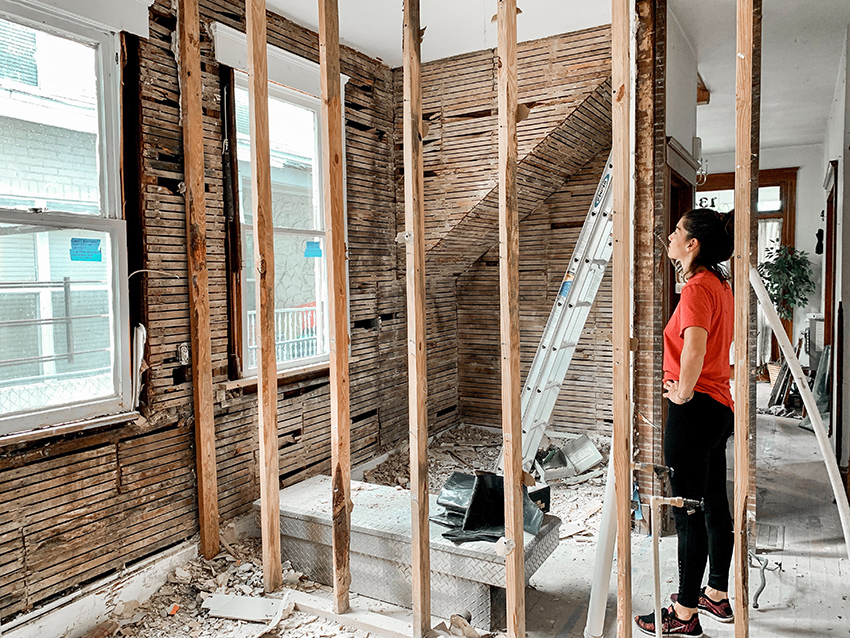While there is some talk that this may be a challenging year for investors who focus much of their time on fix-and-flip projects, there is still plenty of room for profitability. Understanding these challenges and the best ways to overcome them is the key to strengthening your portfolio and maintaining your profits throughout the year ahead.
Fix-and-Flip Basics
In a fix-and-flip investment scenario, an investor buys a property, renovates it, and then sells it for a profit. It’s an incredibly simple approach that has served investors well for decades thanks to ideal market conditions. In 2020 and 2021, the strong demand for a limited supply of homes paired with increasing home prices created the perfect scenario for flippers, and it led to record gross profits and significant profits. Tens of thousands of new investors caught the fix-and-flip fever, and many continue the practice to this day.
What Has Changed?
In the middle of 2022, there was a significant shift in the market. Near-record low mortgage rates started to climb for the first time since 2008, and as a result, many would-be buyers were no longer able to qualify for the mortgages they needed. As a result of this slowed demand, home prices have hit a plateau. In some markets, prices have slightly declined, and this has resulted in a significant decline in profit margins for investors who flip homes.
How to Profit on a Fix-and-Flip This Year
Despite a changing market that is no longer considered “ideal” for fix-and-flip projects, there is still plenty of room for profitability. Profit margins have declined, but they haven’t completely disappeared, and savvy investors can continue to earn handsome returns. Some of the most important considerations for ensuring the profitability of your fix-and-flip projects include:
- Moving to a “fix-and-hold” approach. Rather than buying a home to renovate and immediately resell, many investors are taking a “fix-and-hold” approach. Instead of immediately selling the home for profit, investors are renting these renovated homes to collect profits while waiting for the market to rebound.
- Looking for exceptional value in purchases. In previous years, investors could enjoy significant profits from almost any distressed home. Today, investors must be far more diligent when purchasing. Many have found that expanding their networks and keeping their eyes out for off-market properties has helped them remain profitable.
- Choosing high-value renovations. Labor and building supply costs have also increased, which means renovations cost more than they have in recent years. As such, investors are focusing their efforts on high-value renovations. Modernizing a kitchen or bathroom space will add more resale value than focusing on “extras” like finished basements or outdoor living spaces.
Is fix-and-flip investing still profitable despite the shift in the market? While profit margins have declined due to higher interest rates, decreased demand, and increased renovation costs, there is still plenty of room for earnings when you take a savvy approach to your investments.

